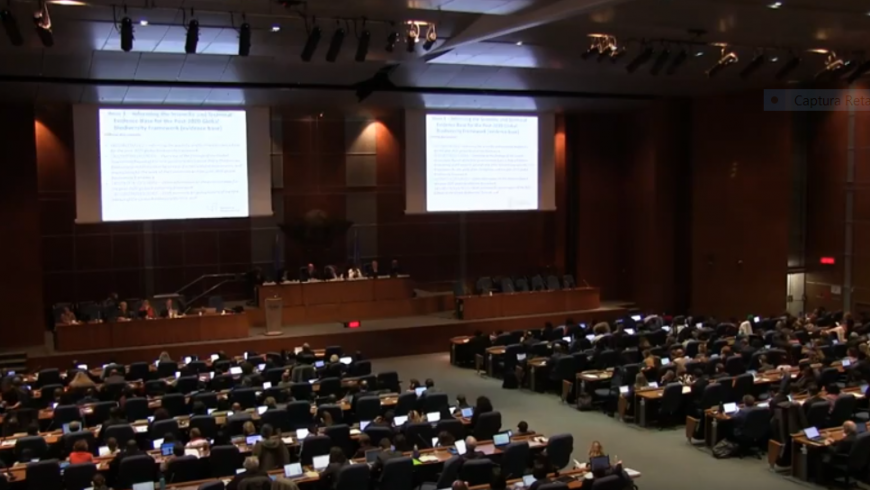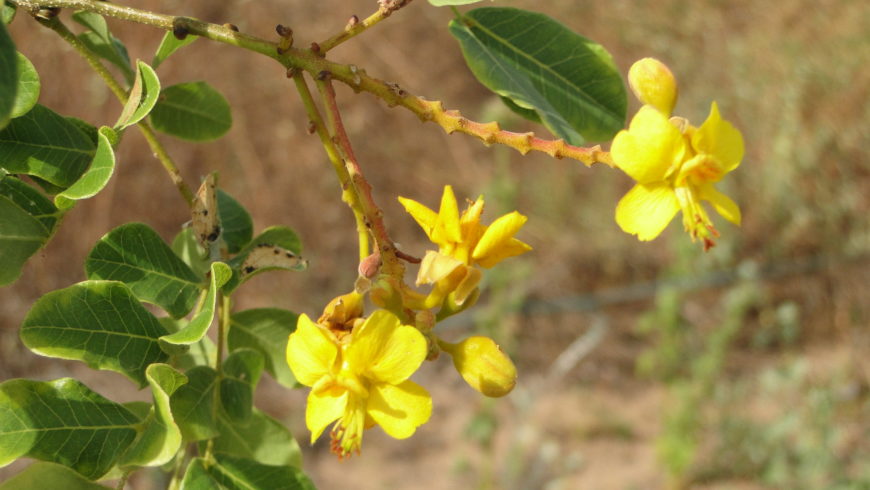Study shows socio-economic and environmental benefits of integrated landscape planning that combines agricultural production, conservation and restoration; In addition to reversing degradation, the process increases climate resilience, ensures the presence of pollinators – increasing national agricultural productivity by up to 90% – and also provides timber products, fruits and forest bioactive products that diversify the market and generate income for landowners. Rio de Janeiro, August 23, 2019 – The Brazilian Platform for Biodiversity and Ecosystem Services (BPBES) and the International Institute for Sustainability (IIS) launch today the summary for decision makers of the thematic report “Landscape and Ecosystem Restoration”. Prepared by 45 researchers from 25 institutions amongst CSRio, the study brings together scientific knowledge on initiatives, practices and public policies aimed at more sustainable land use in Brazil, contributing directly to the mitigation of climate change and the achievement of global goals. The objective is to inform government, business and other managers and leaders, from the public and private spheres, about the best way to go. Given the growing alteration of natural environments by human activities, the restoration of landscapes and ecosystems has become a priority internationally. So much so that the United Nations (UN) declared the period between 2021 and 2030 as the Decade on Restoration of Ecosystems. And, amid a critical juncture for the Brazilian environmental agenda, the BPBES and IIS document presents data and proposals to demonstrate the mutual benefit between agricultural production, conservation and restoration. The study is being launched in due course: two weeks after the UN Intergovernmental Panel on Climate Change (IPCC) released a special report that addresses the relationship between land use and climate change, warning of the importance combat deforestation, protect natural ecosystems and promote the recovery of native vegetation. Brazil has lost 70 million hectares of native vegetation in the last 30 years. For the most part, they are abandoned, misused, eroding lands that add little to the country. “These areas do not contribute to food production, any other economic activity, or ecosystem services. Restoring it should be a national priority! ”Points out Bráulio Dias, professor at UnB and former executive secretary of the UN Convention on Biological Diversity. The study notes that each biome and its level of degradation require specific ecological restoration methods to ensure the most cost-effective, and details the most appropriate techniques for each area, including conducting natural regeneration. Synergy and interdependence – According to the document, restoration of landscapes and ecosystems does not compete with agricultural activities; on the contrary, they are synergistic actions. The report coordinator, Renato Crouzeilles, professor at the UFRJ Graduate Program in Ecology and the Rio Conservation and Sustainability Science Center (CSRio) at PUC-Rio and associated with IIS, points out that science and politics go hand in hand and benefit. “Intelligent planning and integrated landscape management lead to a win-win situation, where the environment wins, agricultural production wins and society wins,” he explains. In the same vein, Ricardo Rodrigues, professor at Esalq / USP, where he coordinates the Laboratory of Ecology and Forest Restoration (Lerf), and also one of the study’s coordinators, argues that agriculture and environment are not competing, but interdependent. Therefore, they must be approached jointly, from the perspective of ‘environmental and agricultural adequacy of rural properties’, a concept that has been practiced for more than 20 years at Lerf, resulting in environmental and productive benefits. To this end, he argues that scientific knowledge needs to come closer to society and society should better appropriate this knowledge. “We have to break this barrier. We cannot continue to generate quality knowledge for ourselves by discussing among peers. I believe this study is an interesting instrument for this approach. ” For Rodrigues, the differential of Brazilian agriculture should be the latest technology, high productivity and low environmental impact, in an environment rich in biodiversity and, therefore, with environmental and socioeconomic sustainability. For this to happen, Crouzeilles believes it is essential to raise government awareness of the synergy between the environment and agriculture, which can lead to better environmental, economic and social quality, vital to tackling climate change. “Restoration is the nature-based solution with the greatest potential to mitigate the effects of climate change, which, if not tackled now and with intensity, will lead to the loss of agricultural productivity, greater social and economic inequity and the destruction of natural Bernardo Strassburg, PUC-Rio professor, IIS executive director, CSRio coordinator and also document coordinator, also underscores the enormous potential of ecological restoration to contribute to the attainment of multiple Sustainable Development Goals in a cost-effective manner. “In addition to the Goals related to biodiversity conservation and climate change mitigation and adaptation, restoration can significantly support the goals associated with food, water and energy security, poverty reduction, job creation and sustainable production and consumption.” According to the report, restoration of landscapes and ecosystems ensures the presence of pollinators, which increase the productivity of Brazilian agricultural crops by up to 90%. “About 40% of the country’s agricultural crops have a 40-100% reduction in production in the absence of pollinators, and in another 45% of crops, the decrease is between 1-40%,” says the text. According to the study, if well planned and implemented in the landscape, restoration can increase biodiversity conservation by over 200%. Socioeconomic Benefits – In addition to reversing environmental degradation and restoring ecosystem functionality, the recovery of native vegetation also provides economic opportunities for inclusion and reduction of social inequalities. “It is estimated that 200 direct jobs will be created (through seed collection, seedling production, planting and maintenance) per 1,000 hectares under human intervention restoration. Depending on the balance between recovery with high human intervention and conducting natural regeneration, it is projected that between 112 and 191 thousand jobs will be generated annually by 2030 to reach the Brazilian target of 12 million hectares of native vegetation ”, details the document. The text goes on to explain that restored areas, in addition to providing pollinators for surrounding crops, also offer timber products, fruits and bioactives of native vegetation under restoration, which diversify local markets and benefit
Read more











